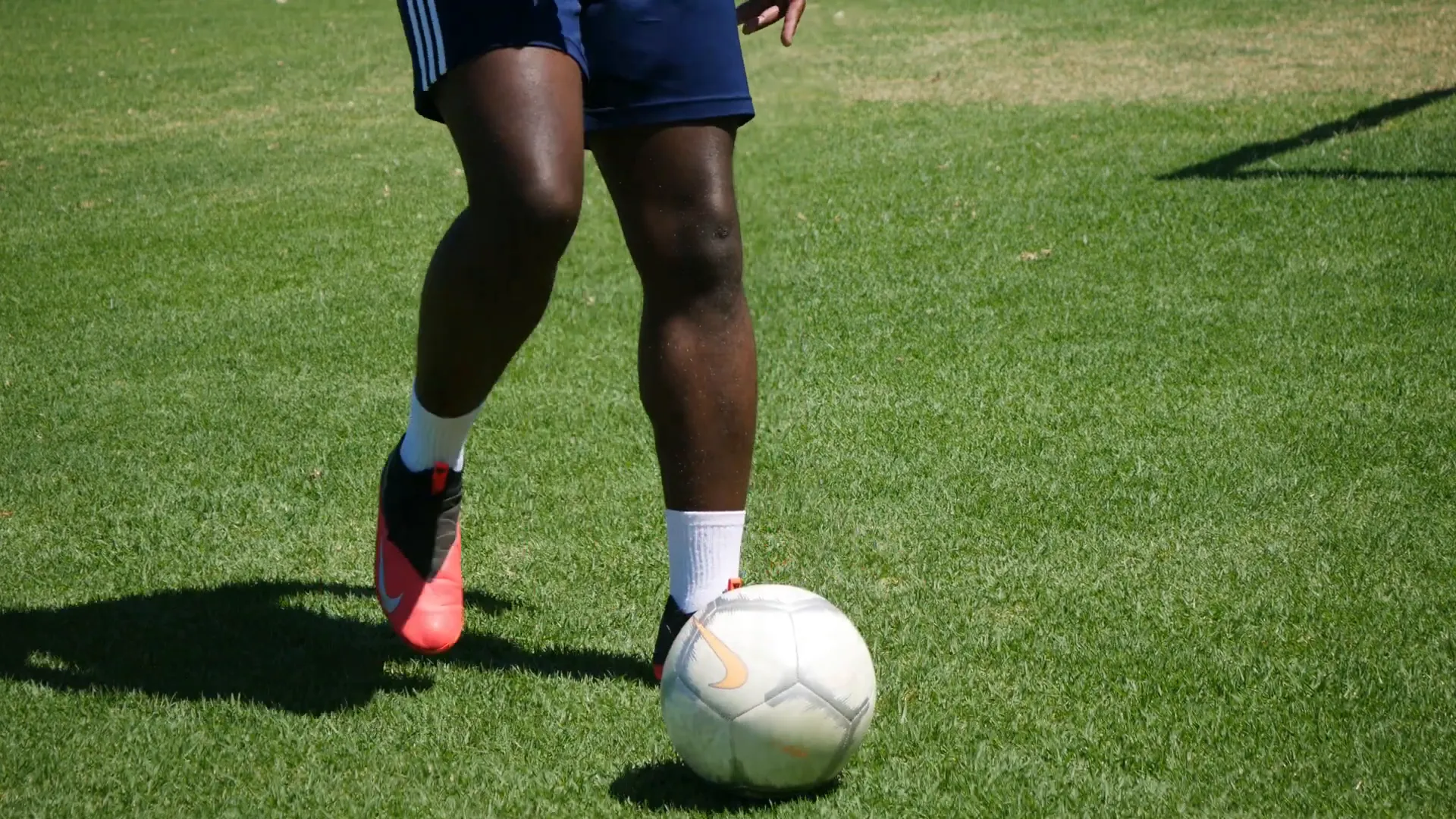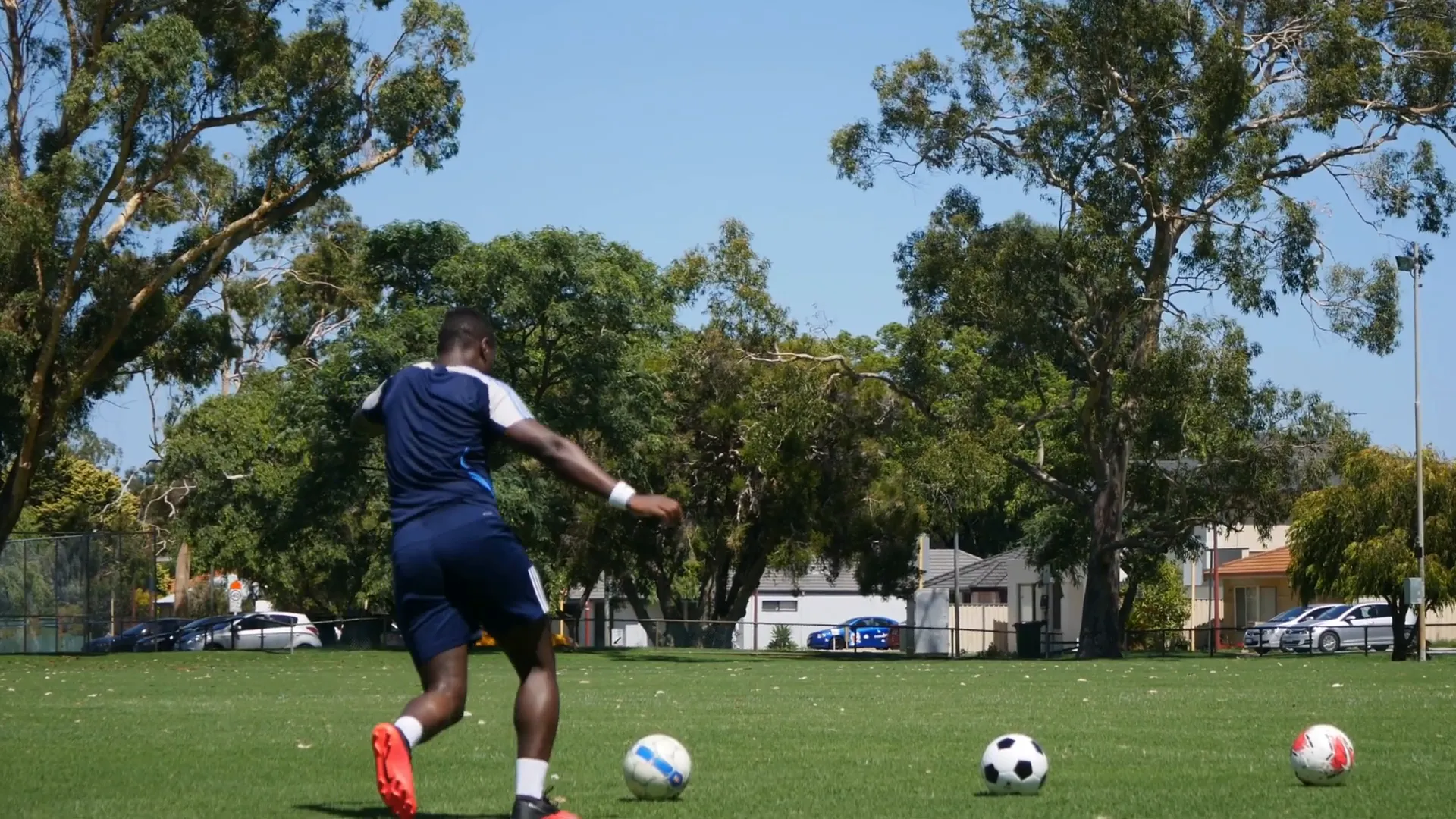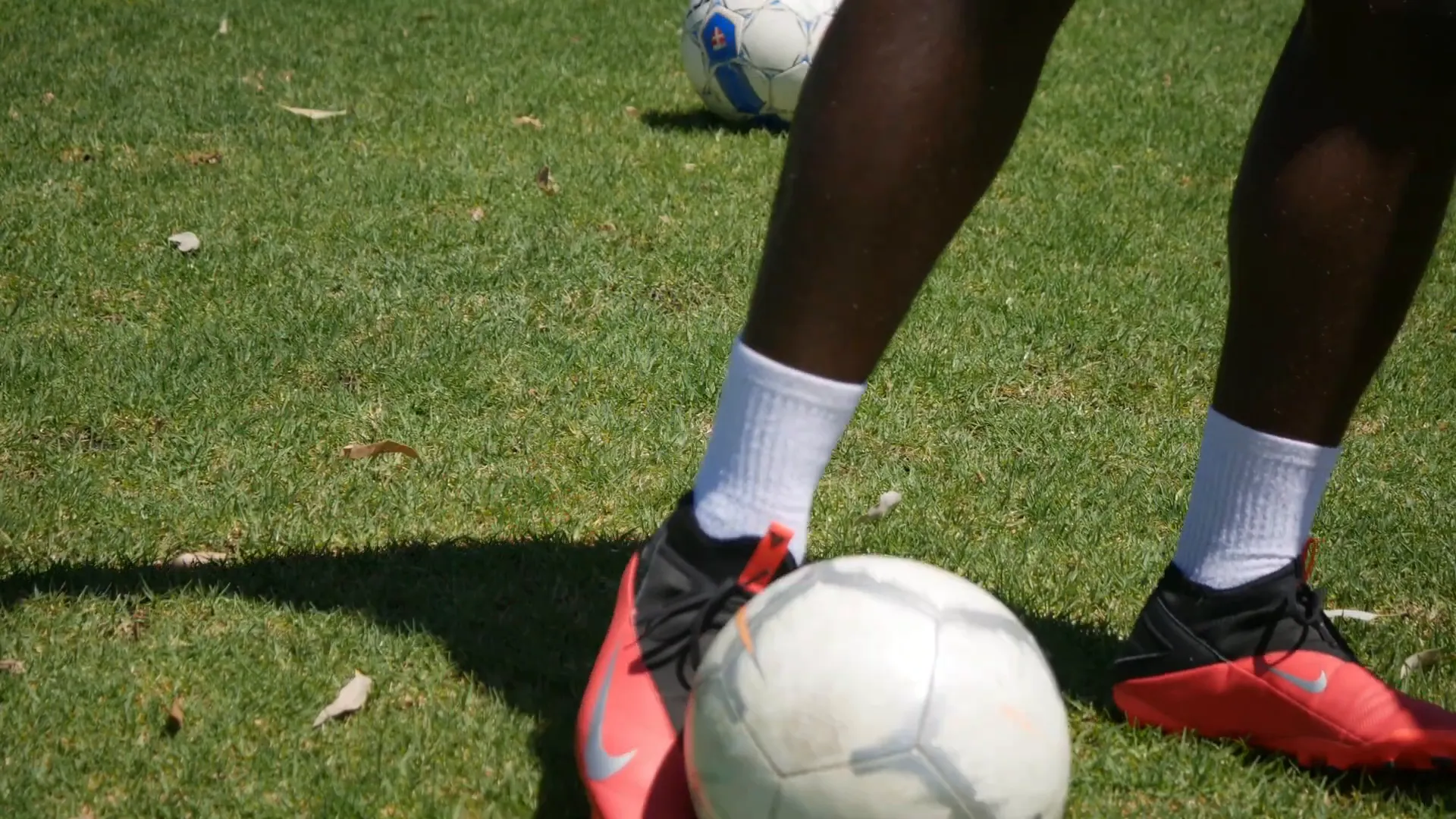Hey, everyone! Hello and welcome to yet another exciting article in which I'm discussing in detail the techniques for kicking a football. Most probably, in case you're reading, then you're a new player in the field or simply wanting to refresh your skills. Perhaps, you have played a little but require a little guidance. Don't worry; you're in the right place! Today, I'm speaking with you about four simple types of kicks in a football any player must know about. By reading through this article, you will have a proper grasp of professionally kicking a football.
Understanding how to kick a soccer ball is key for any player wanting to play effectively. Regardless of your purpose, whether it's to pass, shoot, or serve your team in a range of scenarios, mastering these techniques will make a significant improvement in your performance out in the field. I will run through them all, beginning with the short pass, then moving onto the driven pass, long pass, and, most importantly, shot. There is a purpose and technique for each kick, and I will lay out the steps for getting it right.
The Four Essential Kicking Techniques
To kick a soccer ball effectively, one must become an expert in four key types of kicks: the short pass, the driven pass, the long pass, and the shot. All four have a definite purpose and skill involved in them. Let's go through them one at a time.
1. Short Pass
The short pass is bread and butter for soccer. It's most frequently seen in a game, and it's most often utilized for speedy, pinpoint accuracy between mates.- Foot Placement: Position your non-kicking foot next to the ball, with your foot angled in a direction towards your desired direction for the ball to go.
- Foot Technique: Kick with your inside, using its inner face for a flat striking area that holds down and under your command the ball.
- Execution: Swing your striking foot through the ball, striking its center to deliver a powerful but under-control pass.
Remember, the intention of a short pass is to keep the ball at ground level, and your fellow player can receive it with less height.
2. Driven Pass
The driven pass is a little trickier but immensely effective, particularly in quick scenarios. It is a kick that aims to drive the ball through the air with pace, and therefore, it is less susceptible to being intercepted by opponents. To perfect it, follow these:- Foot Placement: Once again, stand with your non-kicking foot alongside the ball. For a drive pass, position yourself a little over the ball,
- Foot Technique: Employ the top of your in-step foot. That section contains a lot of bone density, and it generates a lot of power.
- Execution: Aim for the center of the ball and swing with a rapid motion. Don't overfollow through, and the ball will fly too high.
The driven pass is most often utilized in direction-changing between one field and the other, and one must practice in order to deliver with accuracy and rapidity.

3. Long Pass
The long pass, sometimes simply a 'ping', is utilized for long distance and tends to lob high in the air. It is safer than a driven pass, with less chance of being intercepted by defenders. How to use a long pass:- Foot Placement: Just like before, position your non-kicking foot beside the ball. However, tilt your body slightly upwards to get the desired lift.
- Foot Technique: Sweep your foot under and hit with your lower portion in an attempt to produce that elevation.
- Execution: Follow through with your kick, and have the ball rise and go for the distance needed.
Long passes are excellent for switching play and creating opportunities, so mastering this technique can significantly improve your game.

4. The Shot
Finally, we have the shot, and that is what you will use when taking for the target. To use, it takes both power and accuracy. That is how one takes a proper shot:- Foot Placement: With most kicks, stand with your non-kicking foot alongside the ball, with your foot angled towards the target.
- Foot Technique: Kick with your laces (the upper part of your foot). That section of your foot creates most of its force.
- Execution: Lean a little over the ball and swing your leg backwards and then strike through with your foot. Backswing helps in developing power.
A good shot can have a significant impact in a game, and practicing such a skill consistently will make your scoring ability even more effective.

Table: Summary of Kicking Techniques
| Kicking Technique | Foot Used | Purpose | Key Point |
|---|---|---|---|
| Short Pass | Inside of Foot | Quick, accurate passes | Keep the ball low |
| Driven Pass | Top of Inside Foot | Fast, long-distance passes | Aim for the middle |
| Long Pass | Bottom of Foot | Switching play | Sweep under the ball |
| Shot | Top of Foot | Aiming for the goal | Include a backswing |
Also Read: How Many Positions Are in Football? Complete Guide to Every Position on the field
FAQs
Q1: How can I become a powerful kicker?
A1: To become a powerful kicker, pay attention to your technique, such as your follow-through and your backswing. Leg strengthening can contribute to your increased power, too.
Q2: What can I do when I miss my target consistently?
A2: If your target is not getting touched, check your foot positioning and position your non-kicking foot in its correct position. Drill consistently in developing accuracy.
Q3: Can I use my toe to kick the ball?
A3: While your toe can be used, it is not best to use it in most scenarios, as it will hurt and make your traction go down. Instead, use your inside or top of your foot.
Q4: How frequently must I practice these kicks?
A4: Regular practice is key. Aim for at least a few times a week, with a specific skill for each session for a balanced skillset.

